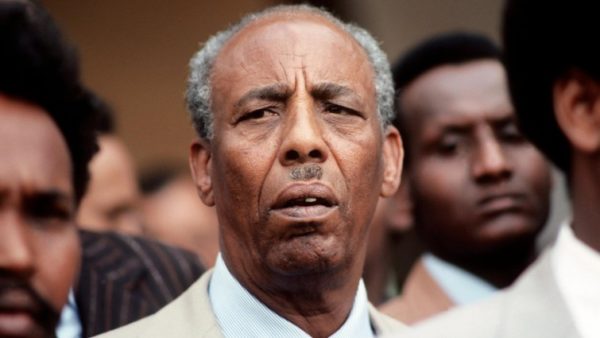From 1983 to 1987, the Italian government was governed by the socialist Bettino Craxi and was the fourth Republican government that remained in office longer. At that time Italy gave a constant support to the Somali dictator Mohammed Siad Barre, a former lieutenant of the Carabinieri who, from 1969 to 1991, kept his country in a grip of terror. Craxi was accused of supporting this regime with substantial and unclear public contributions, which were distributed as follows: a third to Siad Barre, a third to his armed forces and a third to unidentified “mediators”.
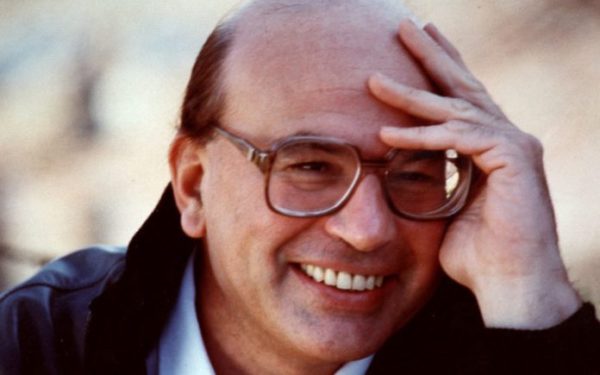
Dictatorships, especially when they are kept alive with terror, can never be legitimized. However, the not-so-distant experiences of Iraq, Libya, Iran and Somalia itself demonstrate in which infernal situations these nations can fall when the dictatorships oppressing them are removed by force or by support of external interventions. . The same supporters of the democratic system, appear hesitant when it comes to establishing it in countries whose violent internal conflicts, make hypothesize future scenarios anything but peaceful.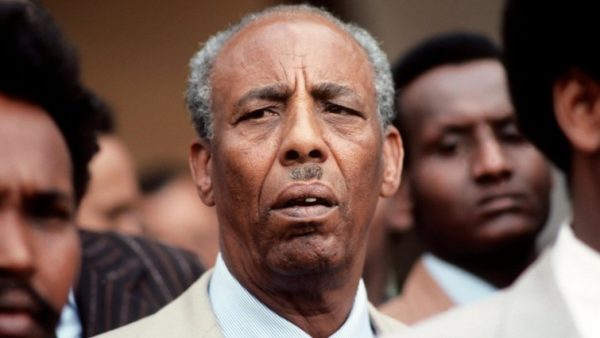
Siad Barre came to power with a coup by depositing the interim president, Mukhtar Mohamed Hussein and implementing – at least initially – a system that, although authoritarian, implemented some important initiatives in favor of the population: health care was made free, school education and the equality of all citizens was decreed. Until the early ’70s these choices were valid for Siad Barre an extensive popular consensus that did not involve the territory to the north of the country: Somaliland, which since 1962 had been clamoring for its independence from Mogadishu.
This dissent was unbearable to Siad Barre who, instituted a fierce secret police, relied on delinquency, torture and physical elimination, to forcibly suppress any attempt at rebellion against his leadership. This year, as recalled by an article published in the International magazine of last December, is the 30th anniversary of one of the most brutal massacres carried out by the regime of Siad Barre against the secessionists of the Isaak ethnic group, of Somaliland. The massacre is remembered as the Holocaust of Hargeisa, which is the current capital of Somaliland, a state of independent fact but whose independence is not recognized by the international community.
Somali repression forces massacred tens of thousands of people and the city of Hargeisa was almost completely destroyed. It is estimated that, today, on the outskirts of Hargeisa, there are over two hundred mass graves, such as to merit the area, the name of “Death Valley”. From time to time, as a result of particularly insistent rains, one comes to light, revealing gruesome scenarios. According to the International, it is presumed that in just two years – between 1987 and 1989 – Siad Barre’s henchmen killed more than two hundred thousand people, while continuing to receive support and funding from various Western countries and, above all, from the United States of America ruled by Ronald Reagan and then by George Bush senior.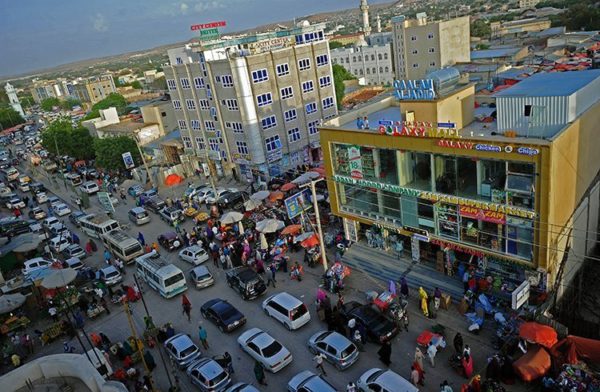
In January 1991 a revolt forced Mohammed Siad Barre to flee. The dictator took refuge in Nigeria where, four years later, he died in Lagos at the age of seventy-five. a few days after leaving Mogadishu forever, the old leader uttered a truly prophetic phrase: “After me, Somalia will never be governable again”. In fact, that January 1991 marked the beginning of the civil war and since the unfortunate former Italian colony, has known only destructions, massacres and extreme poverty, encouraging the emergence of Al Shebab terrorists and establishing in the country a system of absolute and bloody anarchy.

Special for Africa Express
Franco Nofori
Turin, 10 February 2019
![]()
Original Article:
Somaliland: i massacri di Siad Barre con l’indiretto supporto dell’occidente
 Speciale per Africa Express
Speciale per Africa Express
Franco Nofori
Torino, 10 febbraio 2019
Dal 1983 al 1987 il governo italiano era retto dal socialista Bettino Craxi e fu il quarto governo repubblicano che rimase più a lungo in carica. In quel periodo l’Italia diede un costante supporto al dittatore somalo Mohammed Siad Barre, un ex tenente dei carabinieri che, dal 1969 al 1991, tenne il proprio Paese in una morsa di terrore. Craxi fu accusato di aver sostenuto questo regime con sostanziosi e poco chiari contributi pubblici, che risultavano così ripartiti: un terzo a Siad Barre, un terzo alle sue forze armate e un terzo a non ben identificati “mediatori”.

Le dittature, soprattutto quando sono mantenute in vita con il terrore, non possono mai essere legittimate. Tuttavia, le non lontane esperienze dell’Iraq, della Libia, dell’Iran e della stessa Somalia, dimostrano in quali situazioni infernali possano cadere queste Nazioni quando le dittature che le opprimevano, sono rimosse con la forza o con il supporto d’interventi esterni. Gli stessi sostenitori del sistema democratico, appaiono titubanti quando si tratti di instaurarlo in Paesi le cui violente conflittualità interne, fanno ipotizzare scenari futuri tutt’altro che pacifici.

Siad Barre giunse al potere con un colpo di stato deponendo il presidente ad interim, Mukhtar Mohamed Hussein e attuando – almeno inizialmente – un sistema che, pur se autoritario, attuò alcune importanti iniziative a favore della popolazione: venne resa gratuita l’assistenza sanitaria, l’educazione scolare e fu decretata l’uguaglianza di tutti i cittadini. Fino agli inizi degli anni ’70 queste scelte valsero a Siad Barre un esteso consenso popolare che non coinvolgeva però il territorio a nord del Paese: il Somaliland, che fin dal 1962 reclamava a gran voce la propria indipendenza da Mogadiscio.
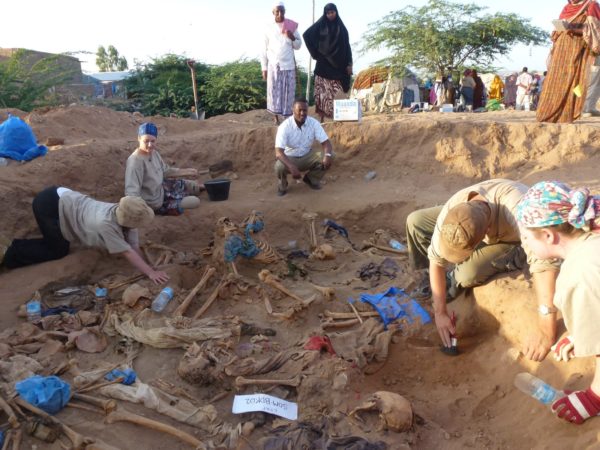
Questo dissenso riescì intollerabile a Siad Barre che, istituì una feroce polizia segreta, si affidò alla delazione, alla tortura e all’eliminazione fisica, per stroncare con la forza ogni tentativo di ribellione nei confronti della sua leadership. Quest’anno, come ricorda un articolo pubblicato sul periodico Internazionale del dicembre scorso, si compie il 30° anniversario di uno dei più efferati massacri attuati dal regime di Siad Barre contro i secessionisti dell’etnia Isaak, del Somaliland. L’eccidio è ricordato come l’Olocausto di Hargeisa, che è l’attuale capitale del Somaliland, uno Stato di fatto indipendente ma la cui indipendenza non è riconosciuto dalla comunità internazionale.
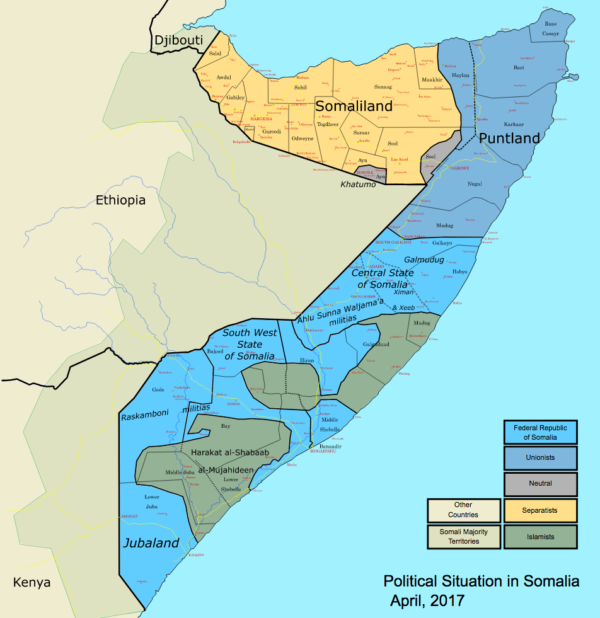
Le forze di repressione somale, massacrarono decine di migliaia di persone e la città di Hargeisa fu quasi completamente distrutta. Si stima che, tutt’oggi, nella periferia di Hargeisa, vi siano oltre duecento fosse comuni, tali da far meritare alla zona, il nome di “Valle della morte”. Ogni tanto, a seguito di piogge particolarmente insistenti, ne viene alla luce una, rivelando scenari raccapriccianti. Stando all’articolo dell’Internazionale, si presume che in soli due anni – tra il 1987 e il 1989 – gli sgherri di Siad Barre, abbiano ucciso più di duecentomila persone, pur continuando a ricevere supporto e finanziamenti da vari Paesi occidentali e, soprattutto dagli Stati Uniti d’America governati da Ronald Reagan e poi da George Bush senior.

Nel gennaio 1991 una rivolta costrinse Mohammed Siad Barre alla fuga. Il dittatore si rifugiò in Nigeria dove, quattro anni dopo morì a Lagos all’età di settantacinque anni. pochi giorni dopo aver lasciato per sempre Mogadiscio, il vecchio leader pronunciò una frase davvero profetica: “Dopo di me, la Somalia non sarà mai più governabile”. Infatti, quel gennaio 1991 segnò l’inizio della guerra civile e dall’ora la sventurata ex colonia italiana, ha conosciuto solo distruzioni, eccidi ed estrema povertà, favorendo l’emergere dei terroristi di Al Shebab e instaurando nel Paese un sistema di assoluta e sanguinaria anarchia.
—————————————————————-
Franco Nofori
franco.kronos1@gmail.com
@FrancoKronos1
![]()























